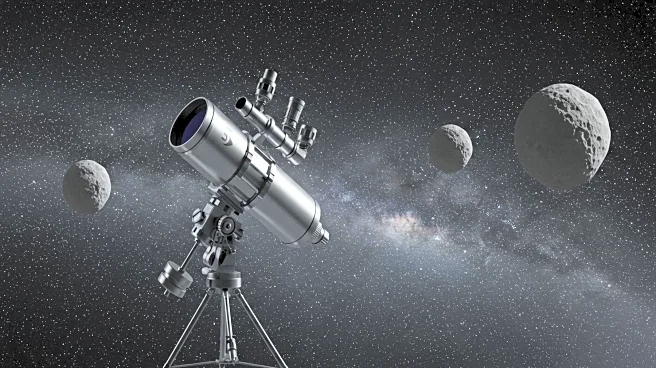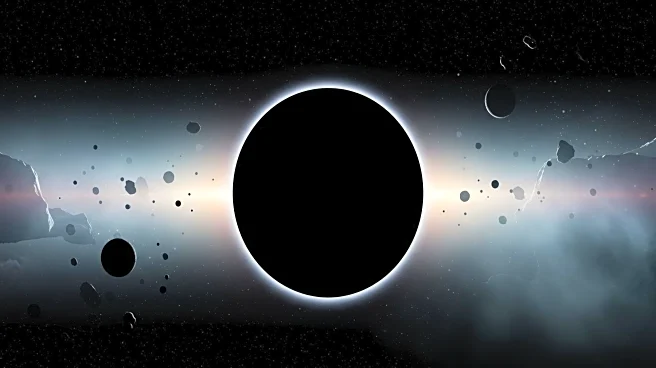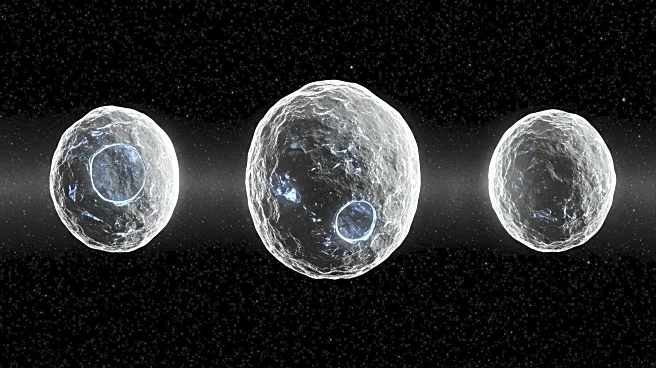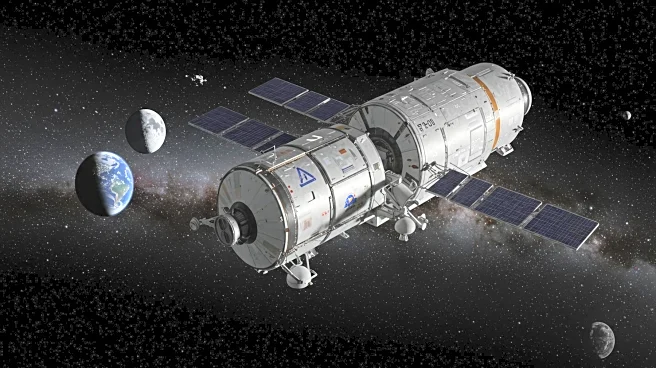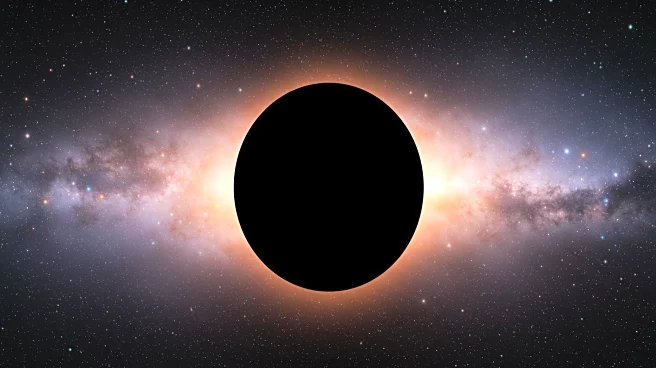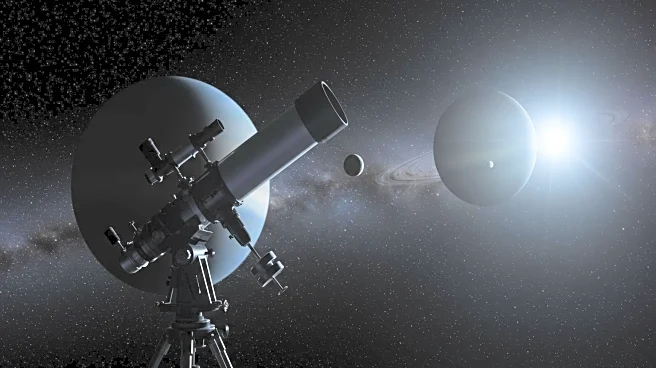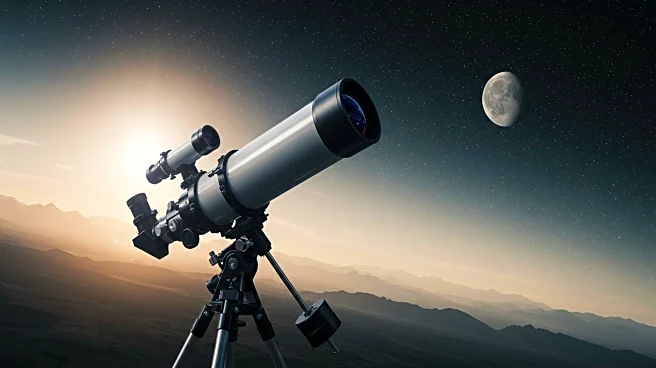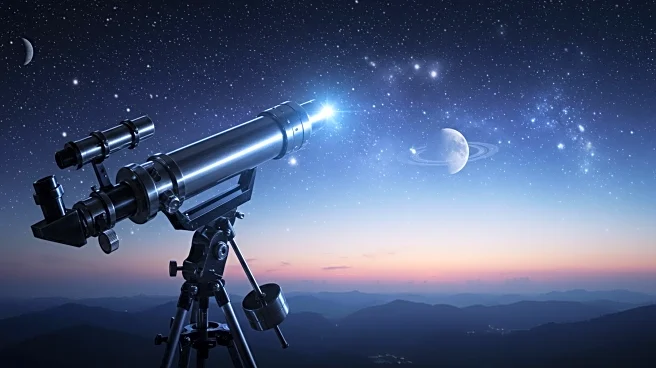Rapid Read • 8 min read
Recent research led by IPAC scientist Joe Masiero has uncovered evidence that two distinct types of asteroids, metal-rich and silicate-based, may share a common origin. This discovery was made through the identification of a unique material, troilite, on the surfaces of these asteroids. Troilite, composed of iron and sulfur, serves as a fingerprint linking these different asteroid types. The study utilized data from Caltech's Palomar Observatory, focusing on M-type (metal-rich) and K-type (silicate-rich) asteroids. By examining the polarization of light reflected from these asteroids, Masiero's team was able to infer that despite their different compositions, both types share a dusty layer of troilite. This suggests that they may have originated from similar larger celestial bodies that broke apart in the early solar system.
AD
The findings have significant implications for our understanding of the early solar system and the formation of celestial bodies. By linking different asteroid types through a common material, scientists can gain insights into the conditions and processes that existed when the solar system was forming. This research could help refine models of planetary formation and the distribution of materials in the early solar system. Understanding these processes is crucial for piecing together the history of our solar system and could inform future space exploration and resource utilization strategies. The study also highlights the potential of polarization techniques in revealing the mineralogical composition of asteroids, offering a new dimension to asteroid research.
Future research may focus on further exploring the origins of troilite and its distribution across other asteroid types. Scientists may also investigate the potential for using polarization techniques to study other celestial bodies, enhancing our understanding of their composition and history. Additionally, these findings could influence the planning of future asteroid missions, particularly those aimed at mining or scientific exploration, by providing a clearer picture of the materials that may be encountered.
The discovery of a shared fingerprint among different asteroid types raises questions about the processes that led to their formation and the potential for similar findings in other celestial bodies. This research could lead to a reevaluation of how we classify and study asteroids, potentially uncovering new connections between seemingly disparate objects in our solar system. The use of polarization as a tool in this study also opens up new possibilities for non-invasive analysis of celestial bodies, which could be applied to other areas of space research.
AD
More Stories You Might Enjoy
